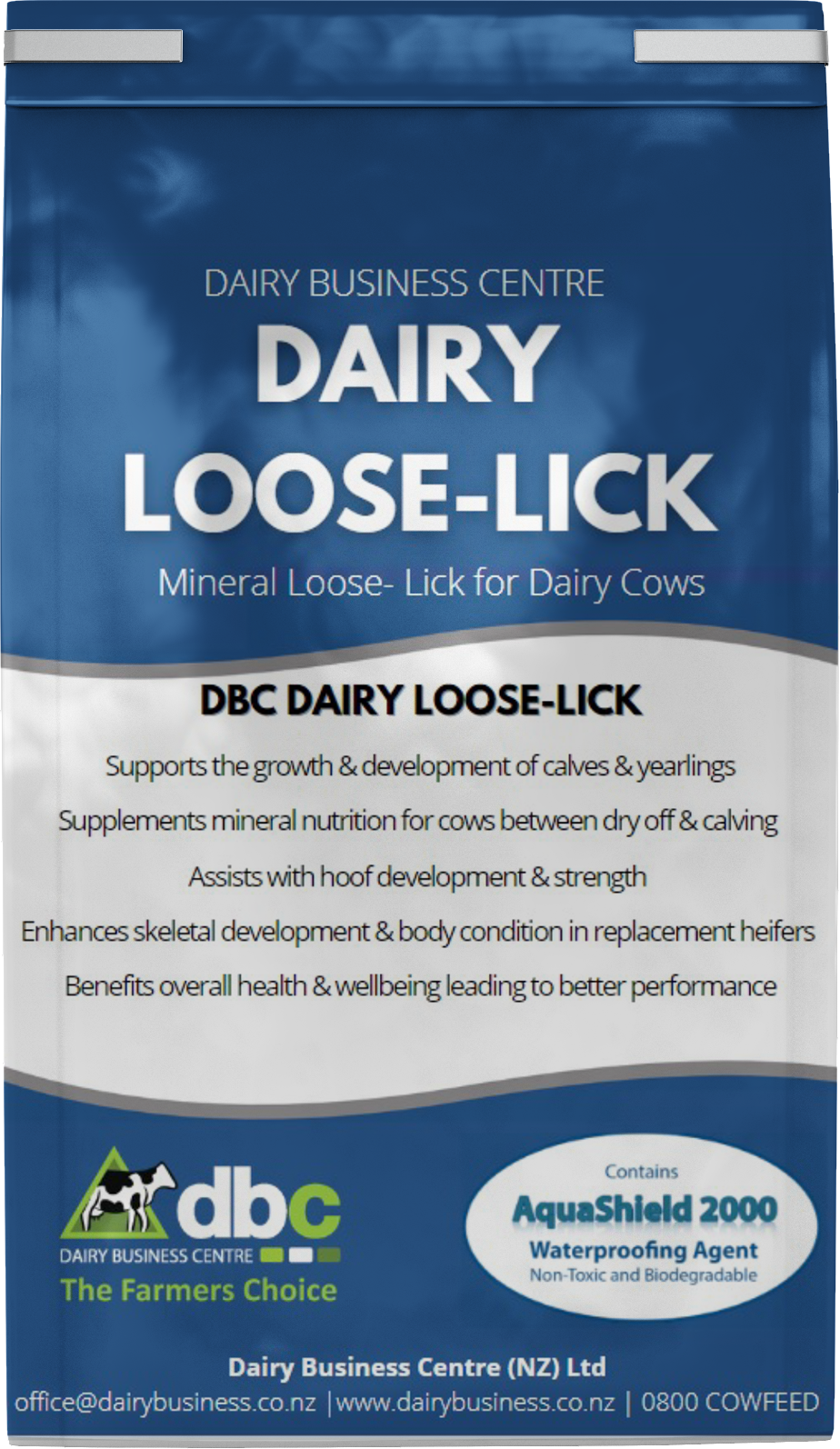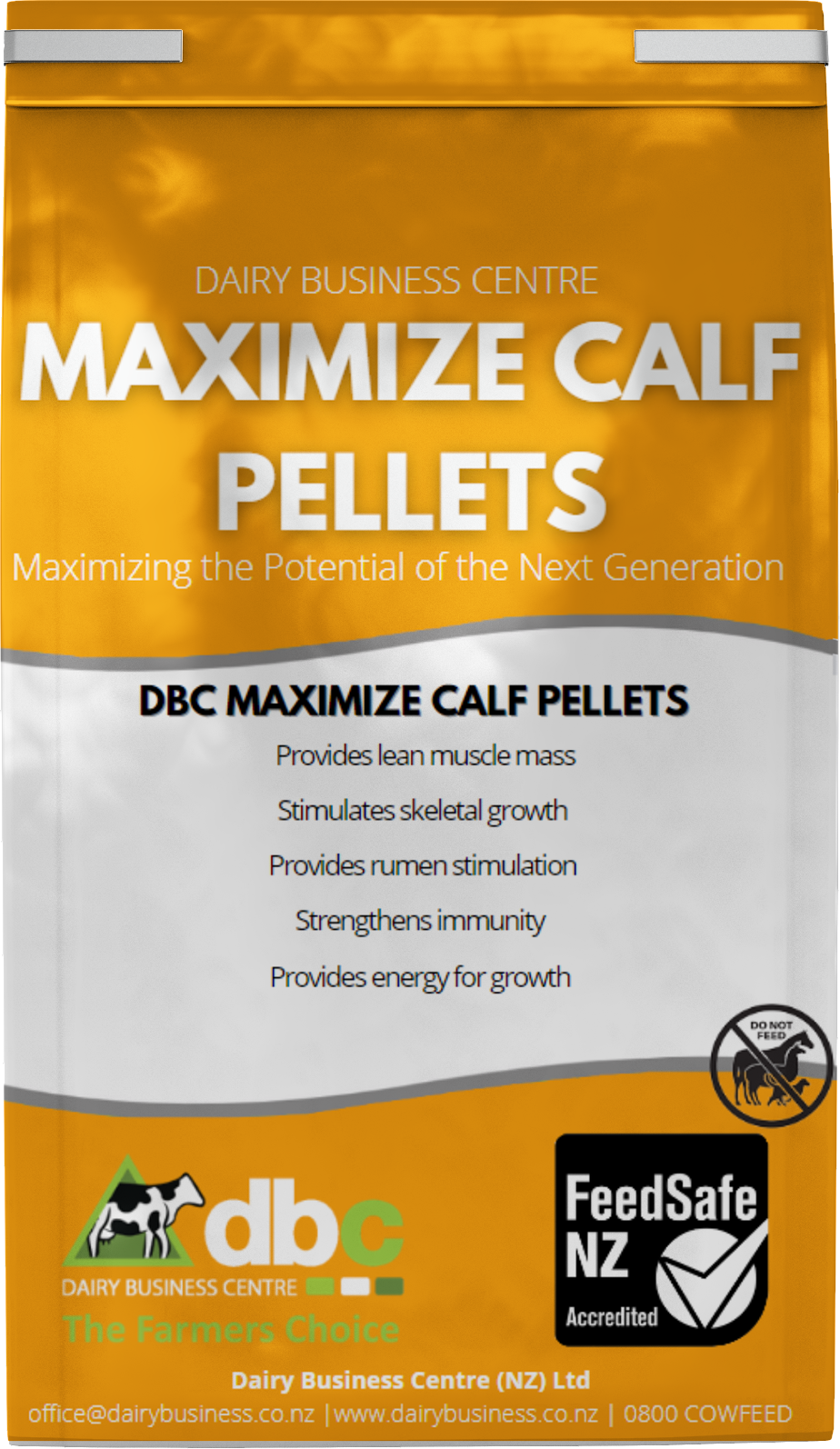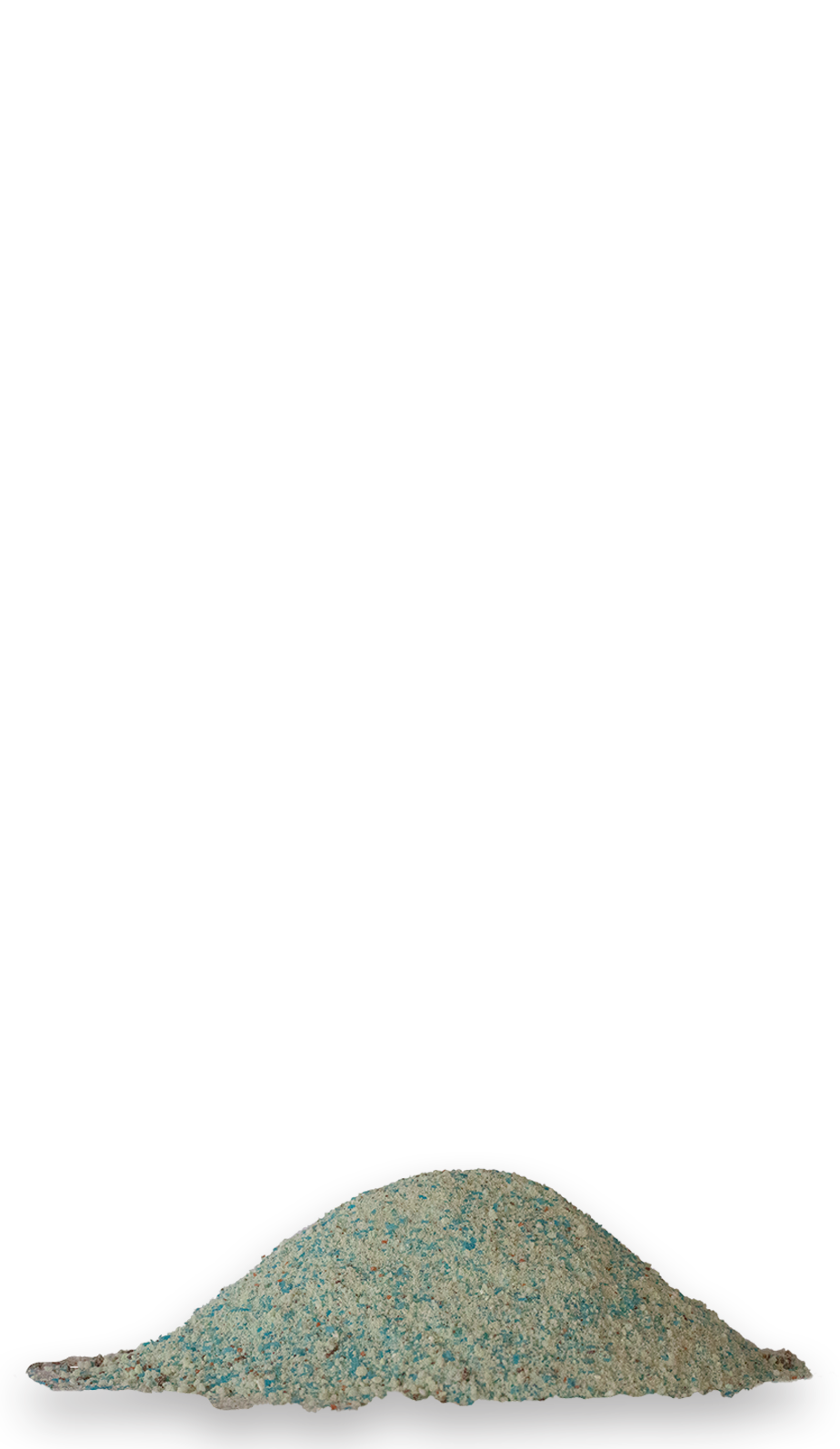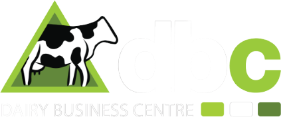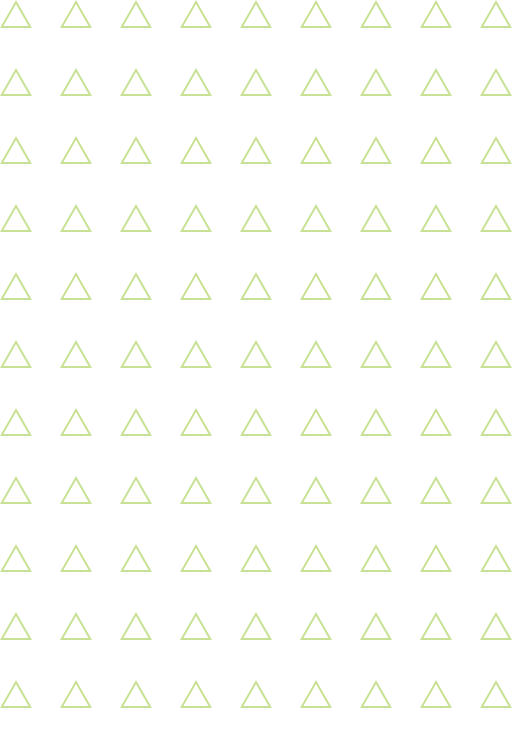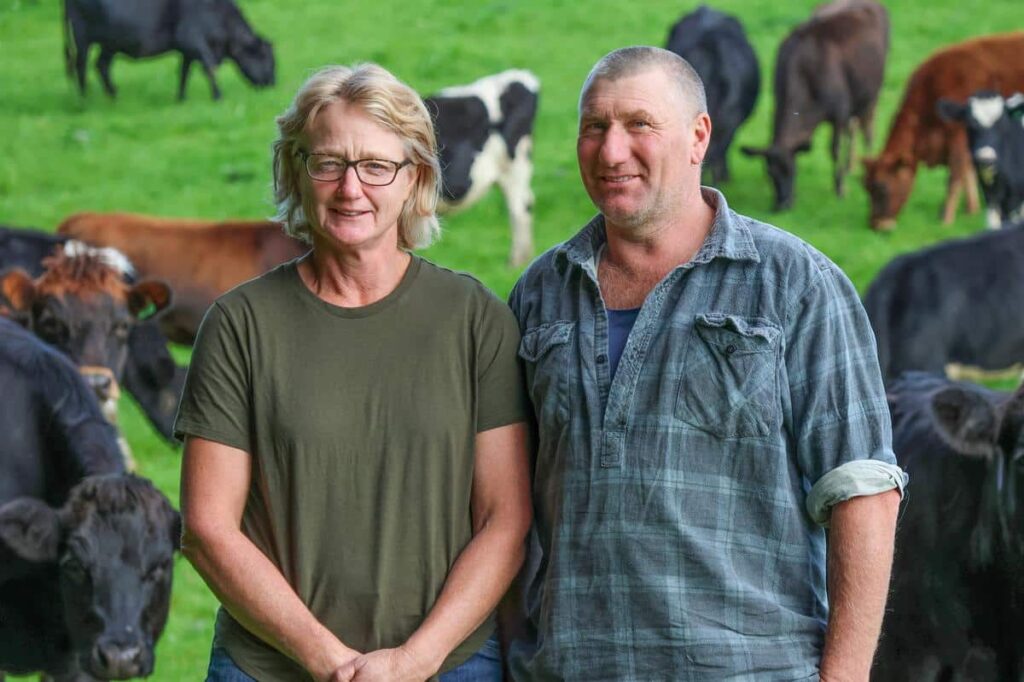Switching things up has resulted in a production jump of 35,000kg milk solids (MS) and fewer empty cows for Southland dairy farmers Brian and Simone Shaw.
The couple milks 500 cows at Dacre – equidistant between Invercargill and Gore – under Woodheys Farm Limited. The milking platform is 180 hectares effective (270ha total), with another 36ha near the home farm. Their cowshed is a 38-a-side herringbone.
Last season was their first decision to invest in checking their herd’s mineral status and proactively address the results, in addition to adding straw and meal to their cows’ diet.
While the production jump is a bankable measure, the Shaws say it has been the tip of the iceberg in terms of the complete response – with a 2-3% improved empty rate (10%) without any associated costs of intervention that they would usually consider.
And they say the knowledge they have gained from the experience has put them in the driver’s seat moving forward, while the improvement in their herd health in general feels right.
The Shaws finished the 2023-24 season with 520kg MS per cow average – an average of 70kg MS more per cow.
As they look at their R2s that will join their herd this year, their satisfaction and expectation is tangible.
Happy co-incidence
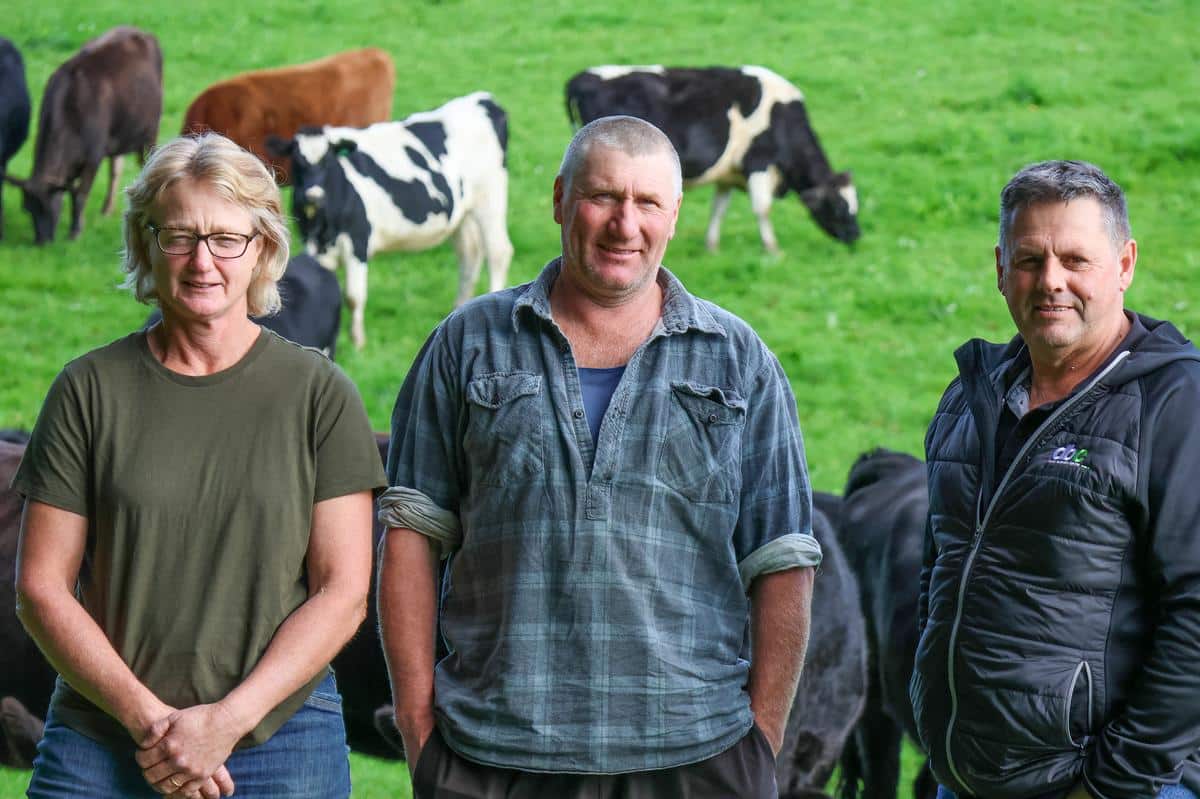
This all happened after a chance meeting at the local garage with childhood friend Neville Hamilton, from the Dairy Business Centre (DBC).
It ended with Neville sitting at their kitchen table alongside his DBC colleague, Charlotte Flay. Brian and Simone were already feeding minerals, but they were curious and unconvinced that the ones they were using were delivering the results they hoped.
They decided to blood-test the herd and establish a baseline. The changes recommended included DBC’s water-resistant Loose-Lick, which includes the macro-minerals calcium, phosphorous and magnesium, with micro-minerals zinc, copper, cobalt, selenium, manganese and iodine, along with Vitamins A, D and E. It was offered ad lib to the milking herd (alongside rock salt, in addition DBC’s Max-T-Mins minerals through a trough dispenser). The cows were also offered straw, and the calves got hay and DBC’s Maximize Calf Pellets. The 2023-24 season was the first year that the herd was also fed meal in-shed. The R2s and all young stock were also offered the Loose-Lick and rock salt.
Brian said, “We did have minerals before, but I wasn’t thrilled with it, so I decided to try the DBC’s ones. We’d also not offered it to everything on-farm before.”
Simone added, “I like that they are getting the minerals. All animals, I think, need them. With them being in a Loose-Lick, they can take a mouthful and get what they need every day, and it’s nice to know that it’s not full of fillers.”
Differences tangible
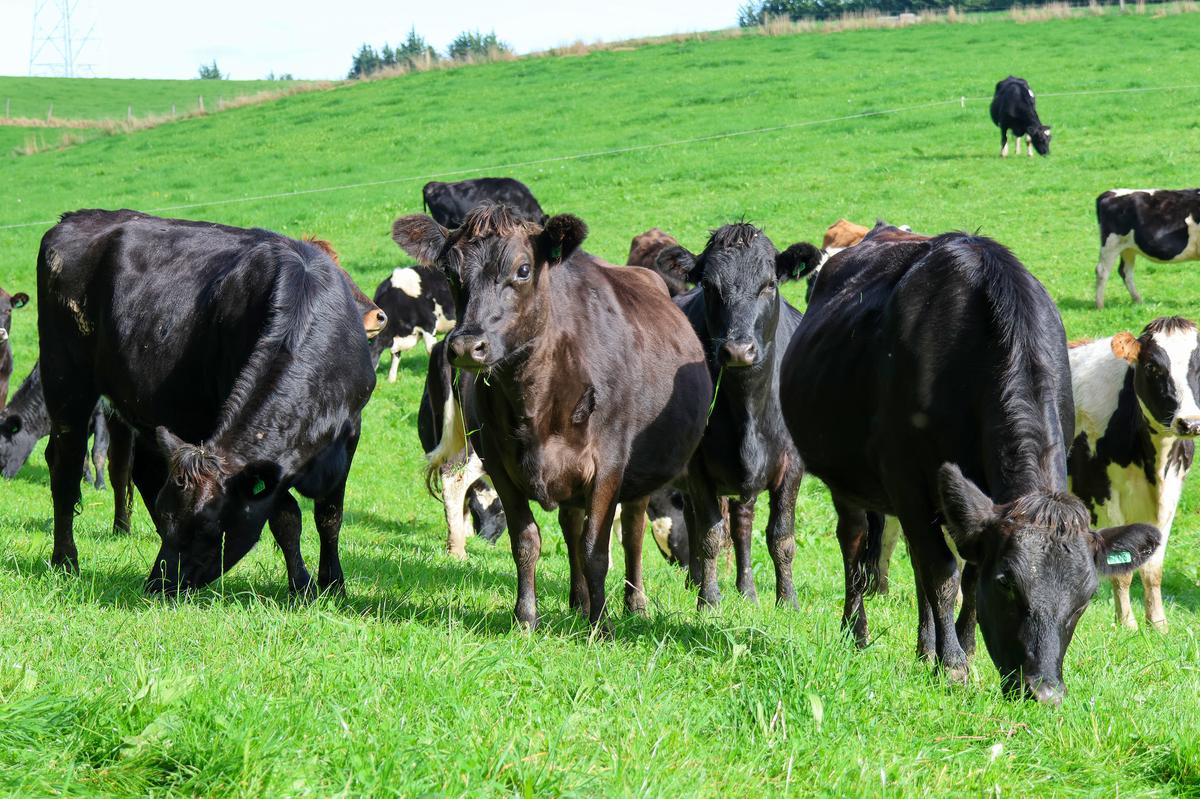
With time to reflect after a full season under the new regime, Brian and Simone have both noticed the difference.
Brian said, “The cows seemed a lot healthier, and their coats are nice and shiny. At the start, we used to have cows stopping at the minerals through the whole milking. Now, we don’t notice it so much, so I guess that’s because they have enough.”
He said he wasn’t excited to feed straw … but Simone was, and he’s now been converted.
“I thought they would just make a mess, but Simone bought a hay buggy the next day,” Brian said.
“I just felt the cows needed something extra,” Simone confirmed.
“I’ve been amazed at how much straw they are going through,” Brian acknowledged. “At the moment [winter 2024], the milkers are going through a bale a night, in addition to four bales of whole-crop baleage.
“We were going through a bale of straw every two days for most of the season, but as it got colder, and we moved to the 16-hour milking before dry-off, they had more time in the paddocks, and they had more opportunity to take advantage of it.
“The R2s are really getting through it too.”
Cost-effective decisions
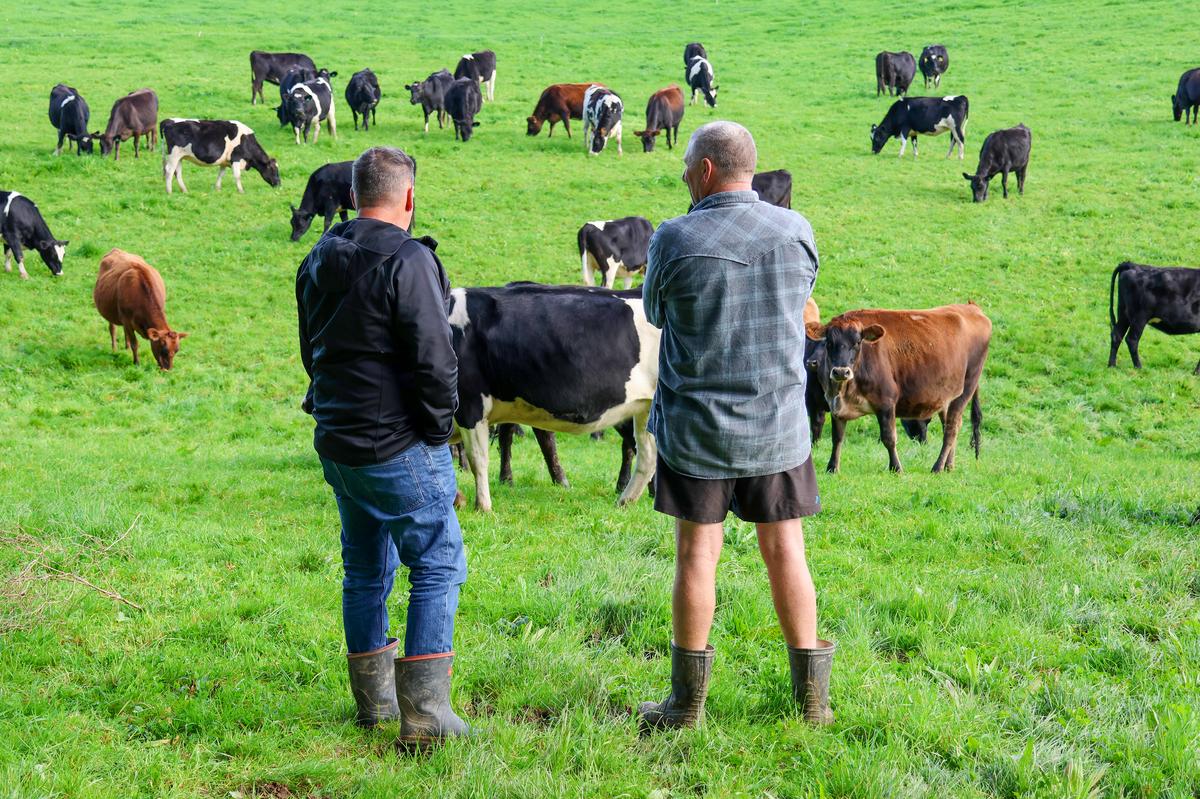
Balancing out the cost has been the additional milk, health benefits and reproduction results. The Max-T-Mins through the trough system, includes an emphasis on higher Iodine levels, which plays into reproduction.
Brian said, “We definitely had savings too, because we didn’t use any CIDRs, which helped offset the cost of the straw. We did ramp up the minerals slightly three weeks before mating, and things certainly took off. We had 95% submissions in the first three weeks of mating without CIDRs.
“In the last five years, we’d have been lucky to get an 80% submission naturally, and to get that we’d still have to have used CIDRs on up to 15% of the herd. We also improved our empty rates to 10% this year – an improvement on our usual 12-13%.
“Granted, it has been a good growing season this year, and feeding meal in-shed probably also helped.”
DBC’s Charlotte Flay said after an initial analysis, she felt the herd needed more. She found an ally in Simone first, and Brian shortly thereafter.
“I wanted to get the mineral levels higher, so we achieve get the response they wanted,” Charlotte said. “Also, by adding the straw, we managed to slow things down in the cows’ gut, so their body had the time to absorb and use what we were putting in.
“The cows produced more milk because they were fully fed. Roughage is extremely underestimated in New Zealand pasture systems. We may grow arguably some of the best grass in the world, but it’s super low in neutral detergent fibre, and cows need fibre.”
Calves are the future
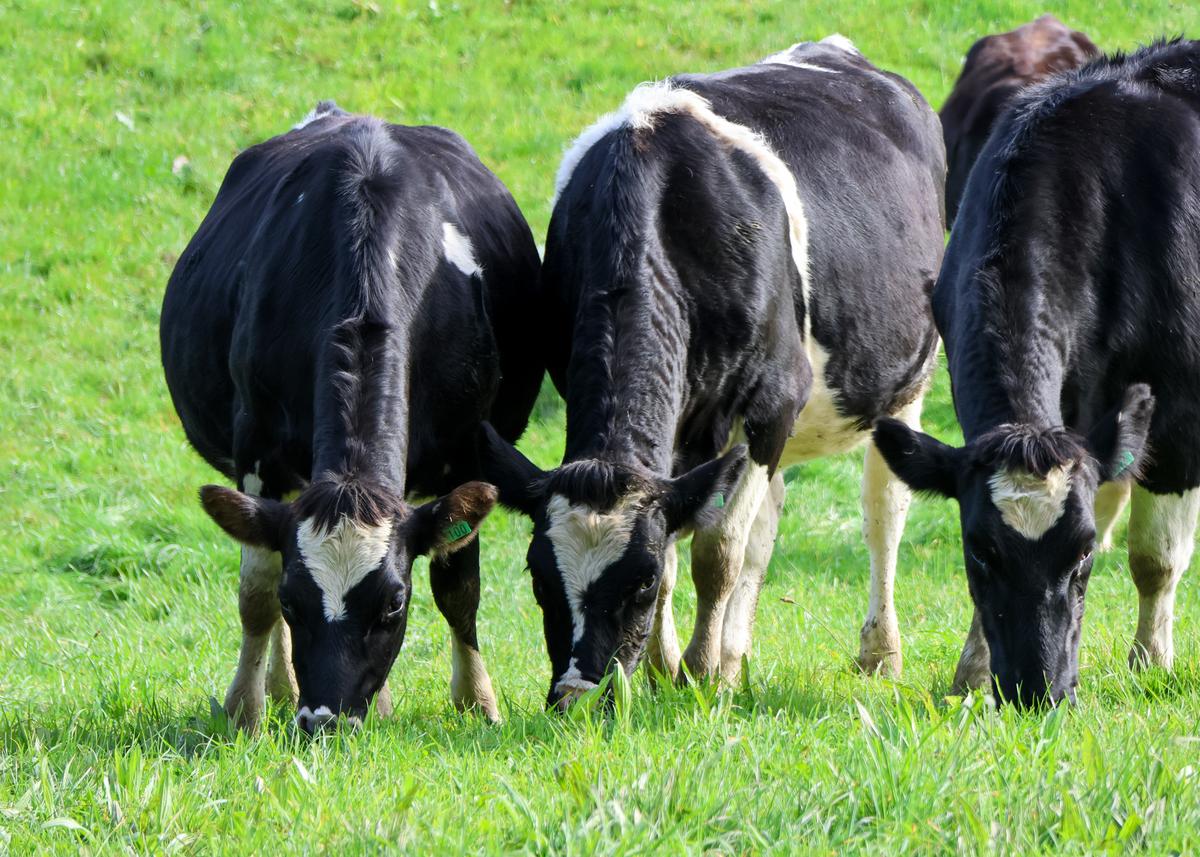
Simone said introducing DBC’s Maximize Calf Pellets, Loose-Lick and hay to the calves has also been a satisfying move.
“The calves were always happy after we made those additions, and in December last year our oldest calves were 28kg heavier than the LIC recommendations,” she said.
“It will be interesting to see the development and future production of the ones that come right through this regime and join the herd.”
Confidence for this season
The subtle changes have been worth it for this couple, who are ready to embrace the 2024-25 season with confidence.
Brian said, “Our biggest concern was if we would get more milk out of the cows if we added in-shed feeding.
“We usually averaged around 450kg MS – with a peak of 490kg MS – on grass before, and our herd’s bodyweight is about 480-500kg [per animal].
“Our rationale for adding the meal was to help with cow condition, because we found the cows needed it at the end of the season.
“In the past, we fed the cows well over winter, and then we’d see that weight disappear over the season, and we were back to square one again, trying to add weight during the dry period.
“This season, the cows held condition, got in-calf, and produced more with less stress.
“We feel that we’re now doing everything we can for them.”
Related article
What are your downer cows telling you?
Making money milking cows on 5.5ha
Southland dairy embraces high-performance biological farming
You can’t save yourself into profit
Managing Fodder Beet
Related products
